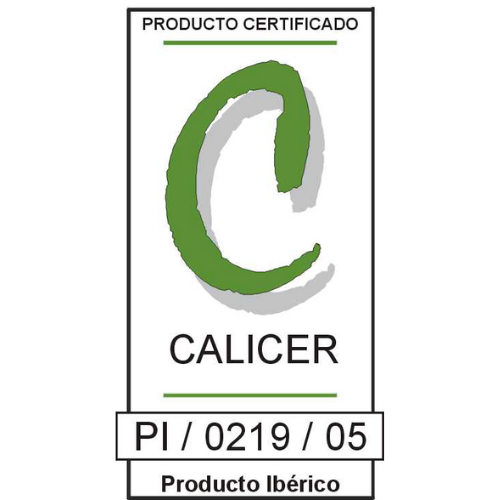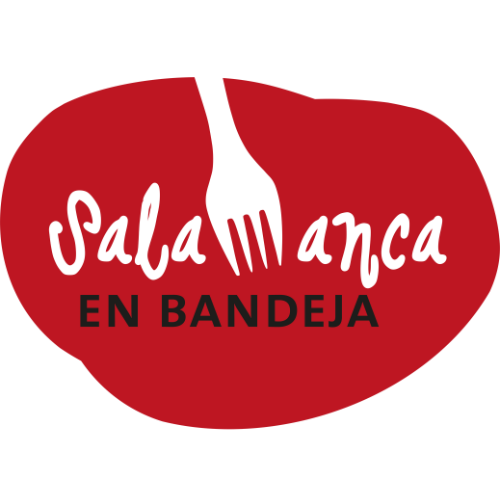When making the purchase or wishing to acquire a pork item such as recebo ham, the information highlighted on the product label of said sausage can be reinforced as an intuitive help guide.
In this way, you will be provided with a brief true information of the basic and necessary that you must take into account to carry out the transaction of the correct and adequate item of which the purchase is required.
In this case, the ham will indicate the origin of its classification, being this cured ham, recebo ham or bottled ham, a clear example would be when purchasing a cured ham, it will present an indication that the pig used for the elaboration of the article has been fed with cereals and fodder during its term of montanera.
It is emphasized that the Iberian bait hams originate from Iberian pigs that have been previously fed with cereals and fodder throughout the period in which they were involved in the ham production system.
In addition to the fact that according to experts in the field, the animals must remain in their natural habitat, bringing more benefits to the meat to be obtained. The Iberian field-fed ham is the product of pigs fattened with cereals and fodder.
In this sense, the pigs that were raised in the dehesa are allowed a limit of only fifteen pigs per hectare. In the situation of recebo ham, the pig has been fed mainly in a mixed way.
What does this refer to?
The animal used for this procedure in addition to feeding on acorns assigned to ten kilograms of food daily in the montanera process, and the course of the procedure has come to an end.
In such a way the animal does not meet the specific conditions to carry out the sacrifice, it will proceed to refeed (replenish) with feed and cereals until the set objective is met.
Recebo Iberico ham comes from an Iberian pig that despite any mishap (it did not feed enough on acorns) did not meet the weight assigned to slaughter and will continue to be constantly fed feed, thus implementing recebo.
Last but not least, the acorn-fed ham, were those animals that have been fed with acorns until the slaughter process is over, obtaining an Iberian ham with first class meat.
There is a clear and concise difference in the distinguished and unique flavor of each ham, just as it is assigned in the prices that are classified according to the economic difference of each product that are obviously not similar.
This is one of the factors that influence the origin of the type of meat and the food consumption of the animal throughout the term of the montanera in which it was subjected.
It is known that acorn-fed Iberian hams are obtained from Iberian breed pigs that have been fed with fodder and cereals. When the montanera begins, which comes in mid-October, they tend to be fed with acorns again.
The pigs must be at least twelve months old, without any exception, in the field they must be raised completely freely, and their feeding must be supervised and thus they can verify before leaving the acorn, this in order for them to establish a strong bone structure.
At present, there is a problem that is difficult to solve among those linked to the respective field of meat and their respective origins, since they assure that the majority of Spaniards are provided with false information.
That is to say, not true in some circumstances because the sellers of the sausages of such fine and exclusive cuts do not know for sure the veracity of the breed of the hams and cuts that are offered like hot cakes to the public.
Affirming that they may be offering these products of unreliable Iberian descent, pigs that were not fed 100% with seasonal acorns, arguing the fact that they could offer any piece of ham and simply indicate the classification of the ham in the product and thus get out with theirs.
Theory which is relevant and remains supported and sustained by the study carried out by the MAPA (Ministry of Agriculture, Fisheries and Food) in which they emphasize the unknown origin of hams, and 70.2% of Spanish citizens affirm who do not have a firm idea of the origin of the quality and classification of these mysterious hams.
An anxious mystery is unleashed among the Spanish population when they wonder if they have forgotten the tasting of one of their representative symbols of their legitimate culture.
By not closing off and being open to any latent possibility, the European community indicates that they have to be aware that all the pieces of ham described or certified under the famous term "Iberian" may not descend 100% from the privileged origin, perhaps the pigs are not of a totally legitimate Iberian breed, that is how citizens sign up.
The complaint persists when it is reflected that the "quality standards" (those in charge of the breeds of the pigs implemented in the procedure) peacefully and without any inconvenience accept the crossing of the Iberian and Duroc Jersey breeds (a renowned American breed).
In this same order of ideas, for the classification of articles such as Iberian hams without assimilating or reflecting on the fact that a certain link is not of a pure descent race.
Leaving aside the complaints proposed by the rights to consume a quality Iberian ham, consumers adapt to the circumstances and forget for a moment that the Iberian breed may be being mixed.
They only yearn for the product to be the one from then on according to their regulations, for those in charge to carry out their work in detail by providing the pigs with adequate food in detail.
And that in turn these animals are in their natural area to proceed to enjoy a good quality of the product to be distributed to the population in general.
NEW
PACKS DON'T BE SCARED


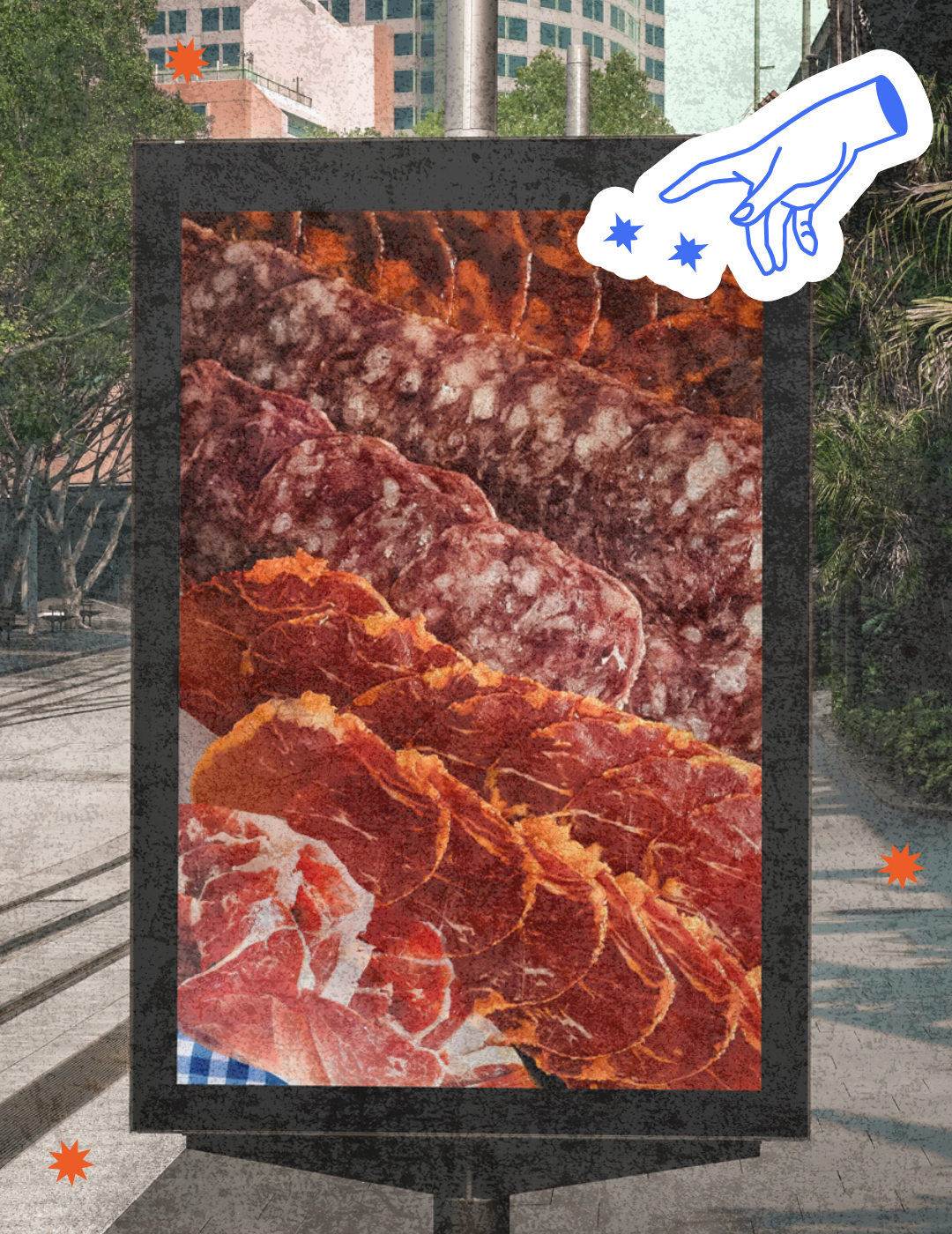
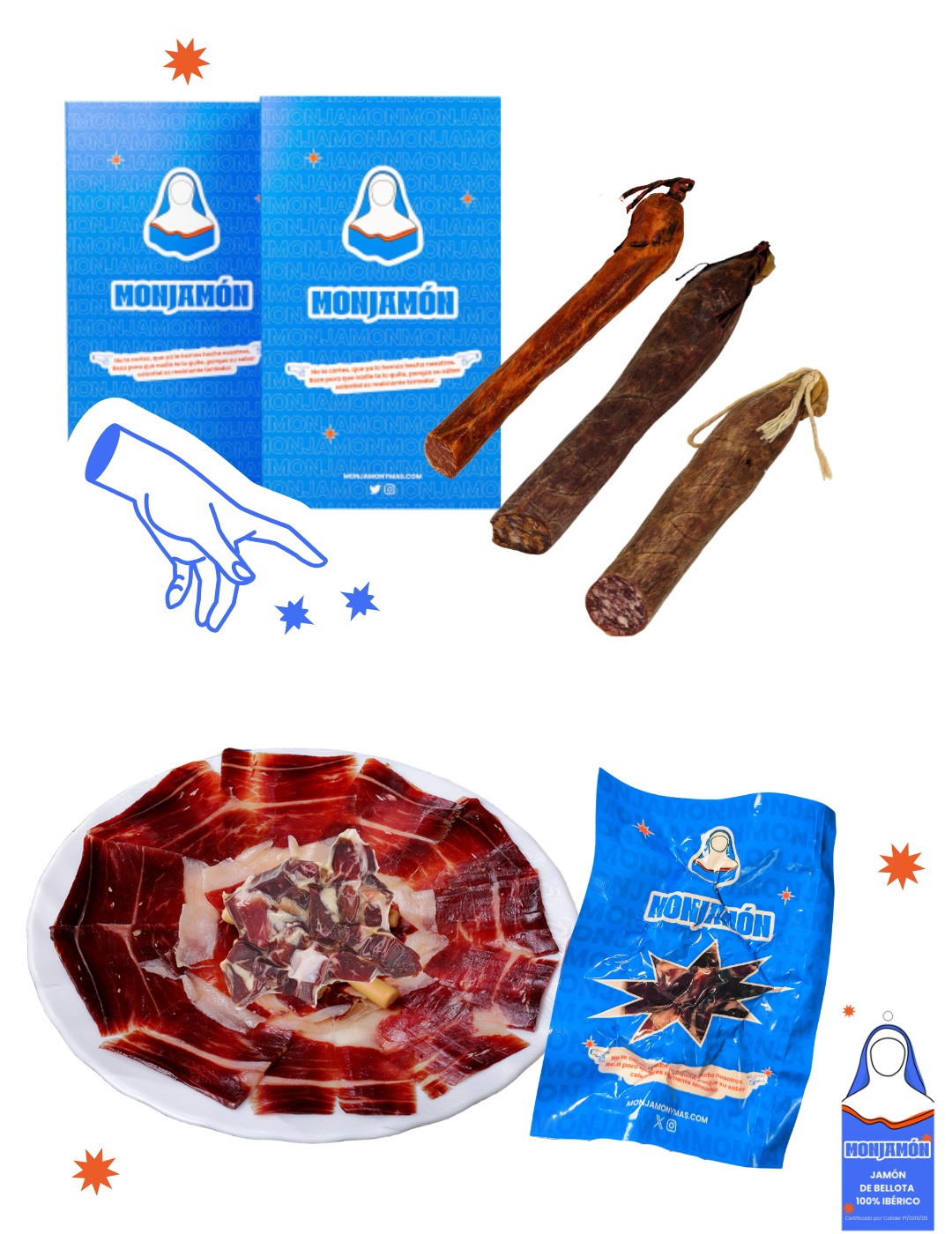

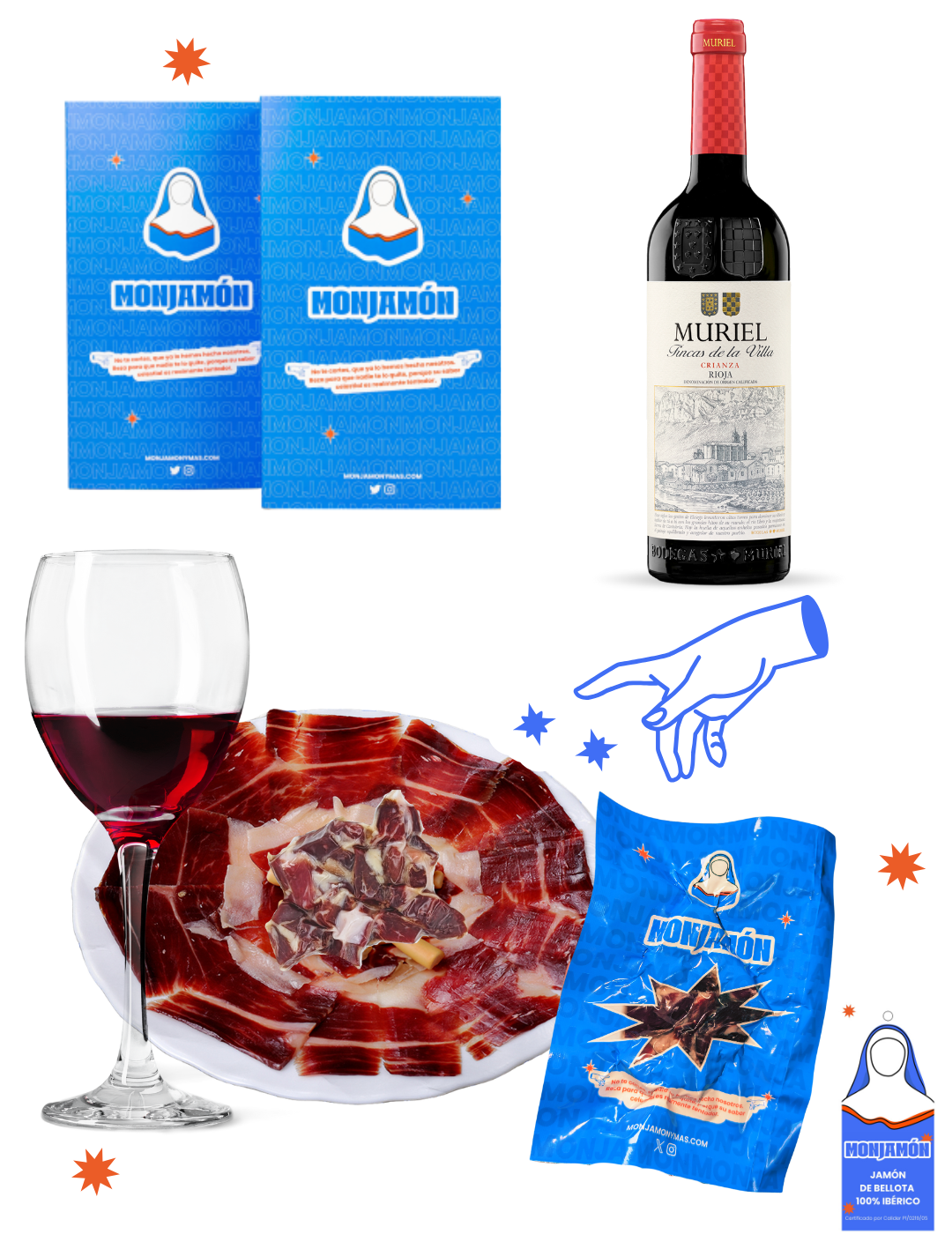
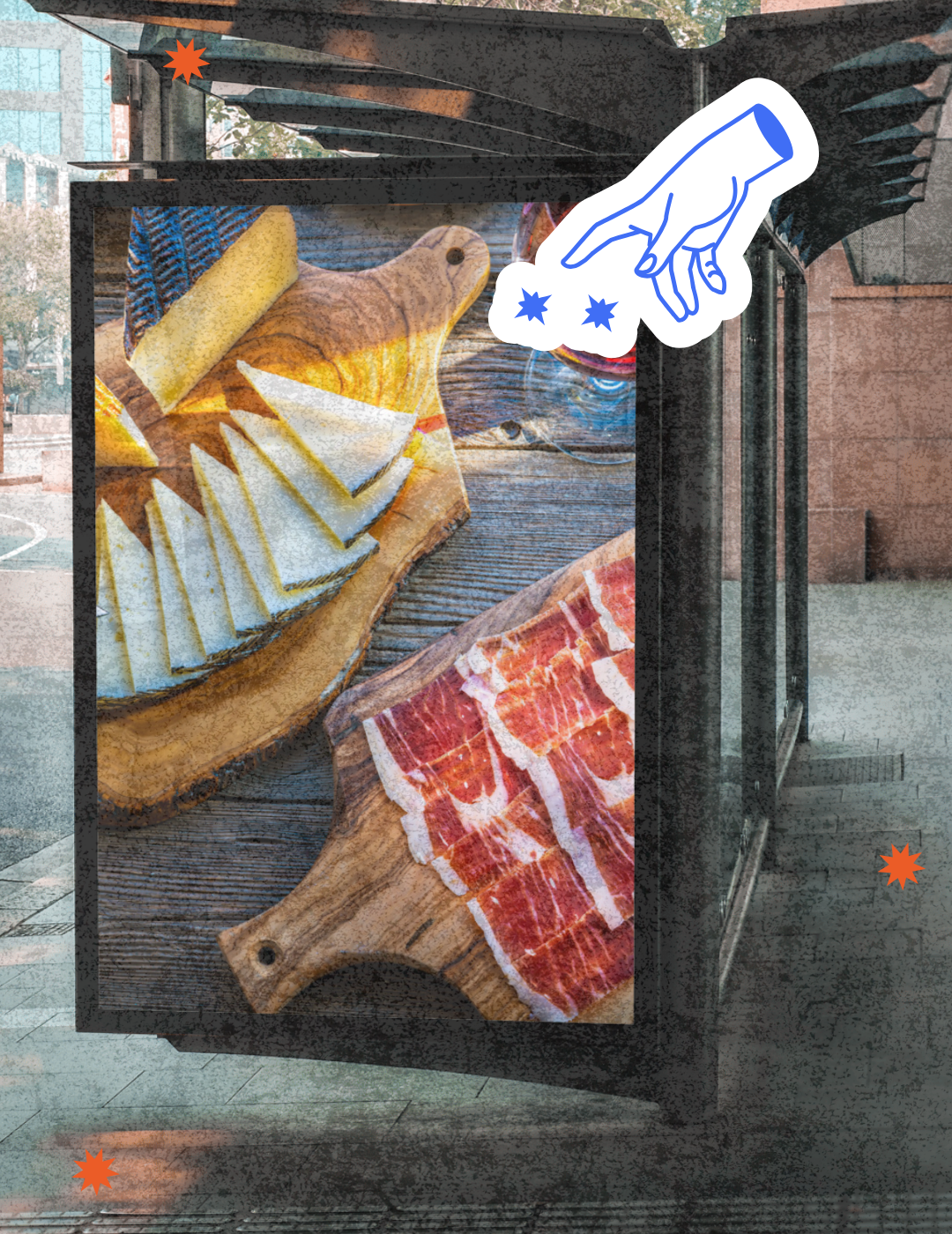
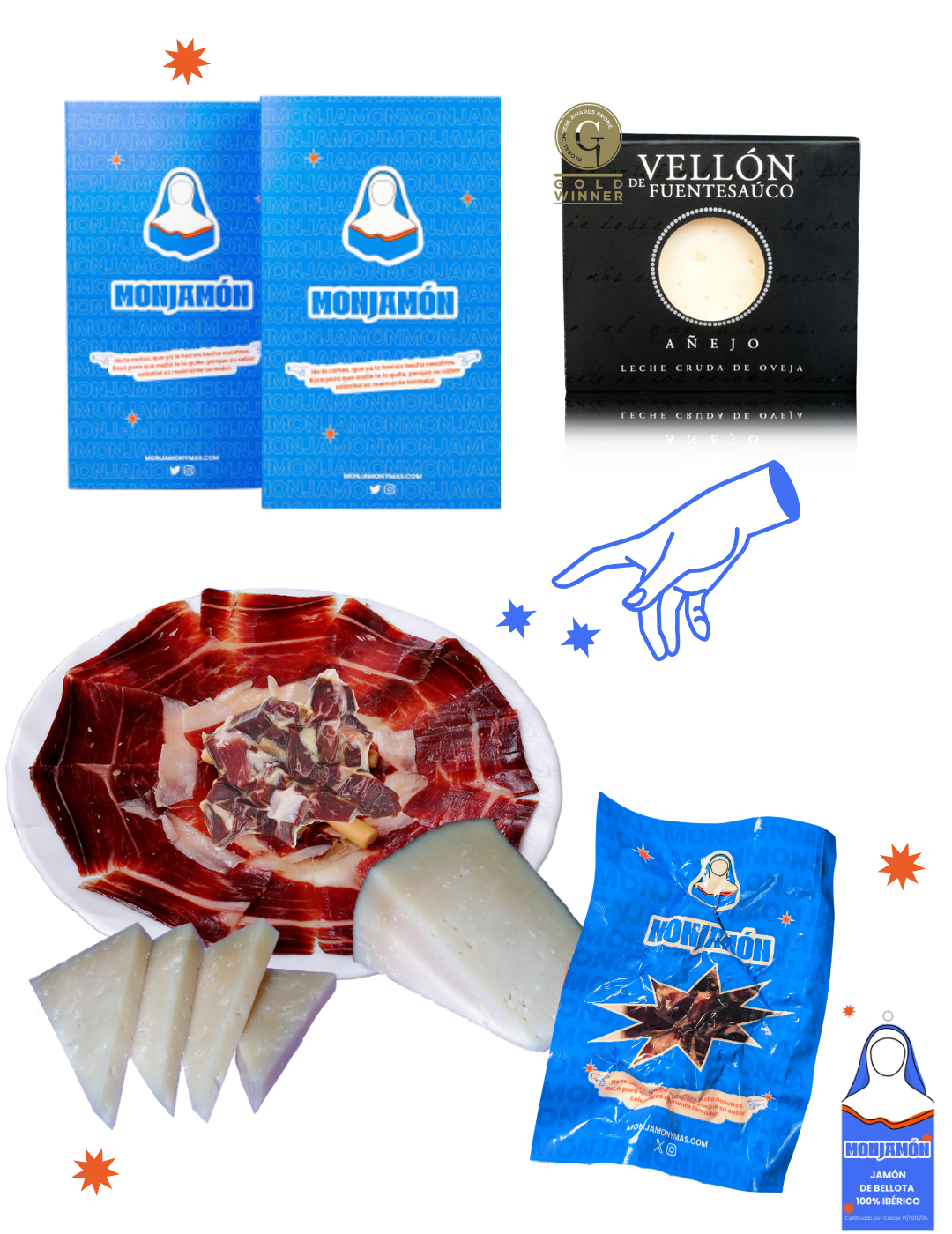
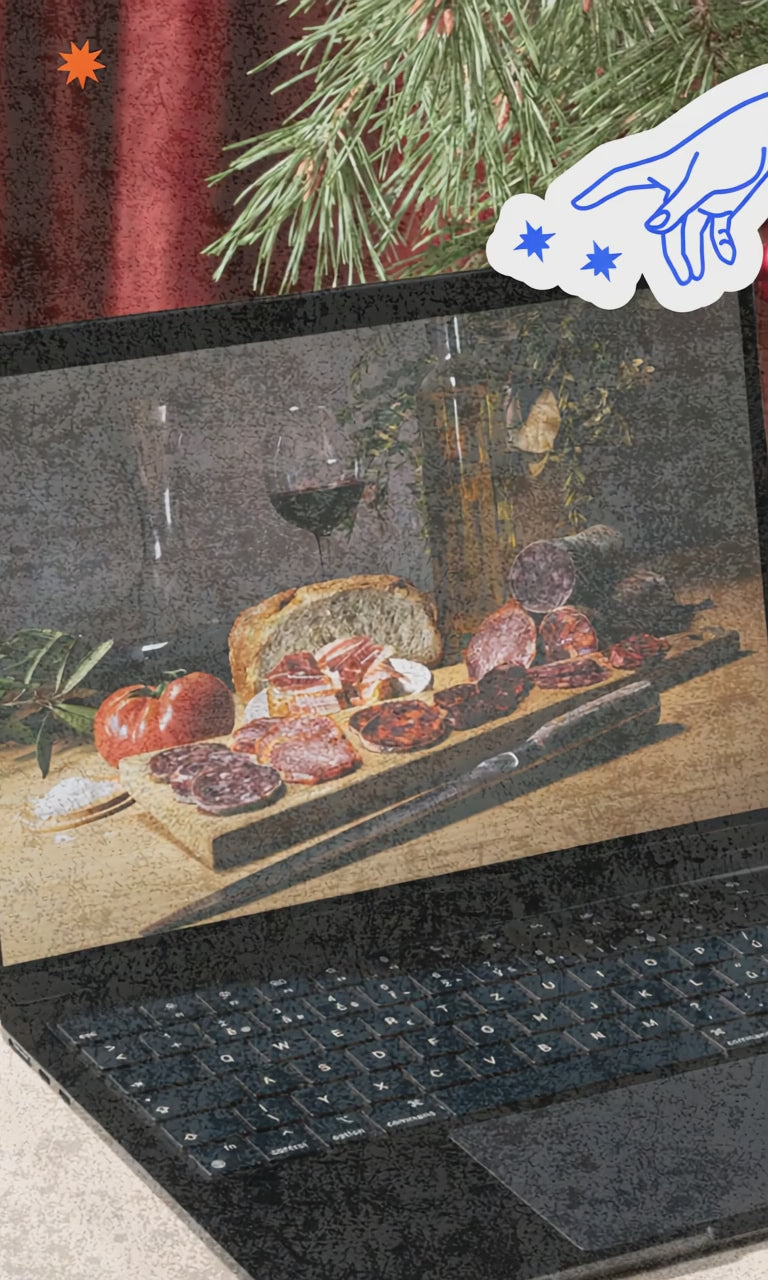
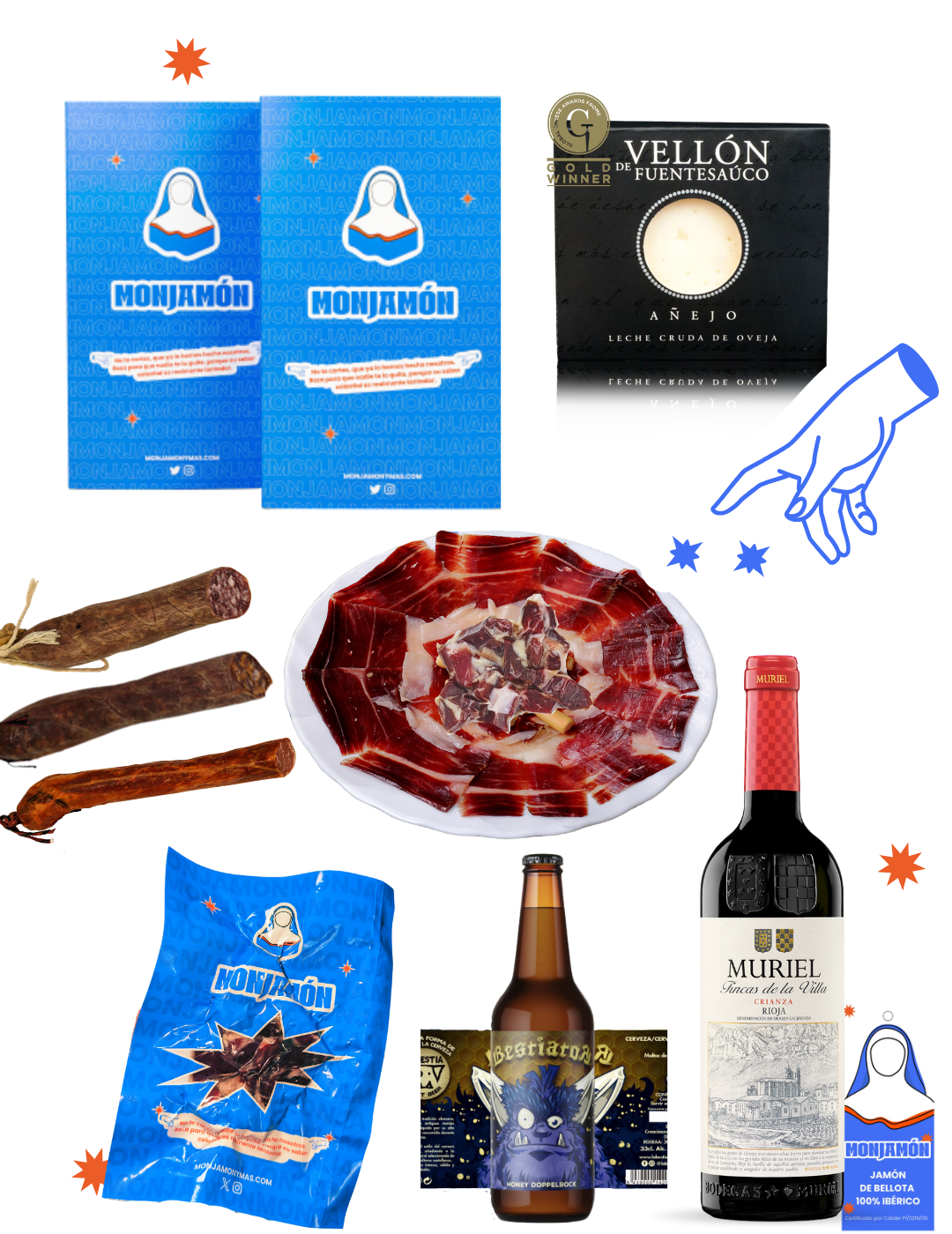
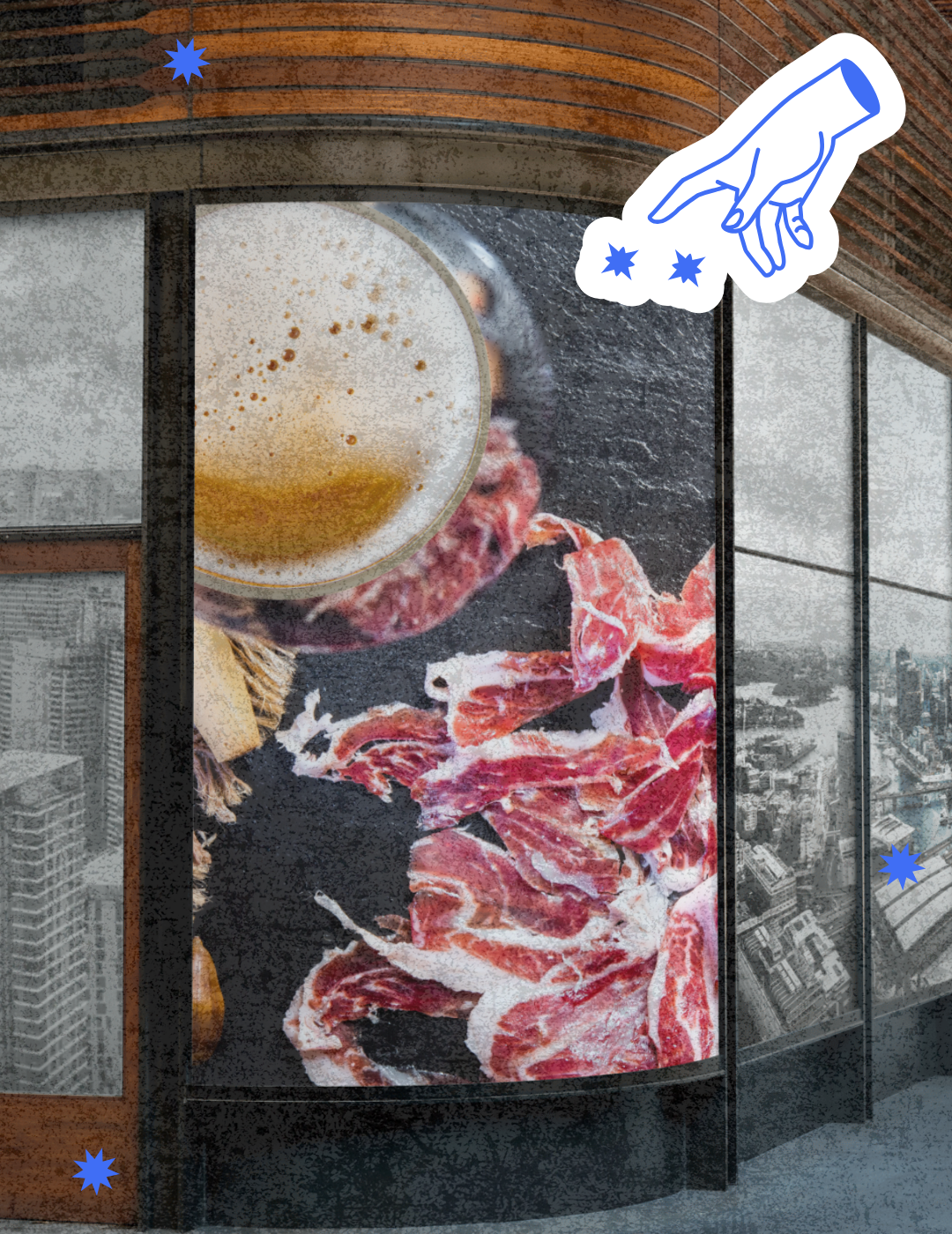





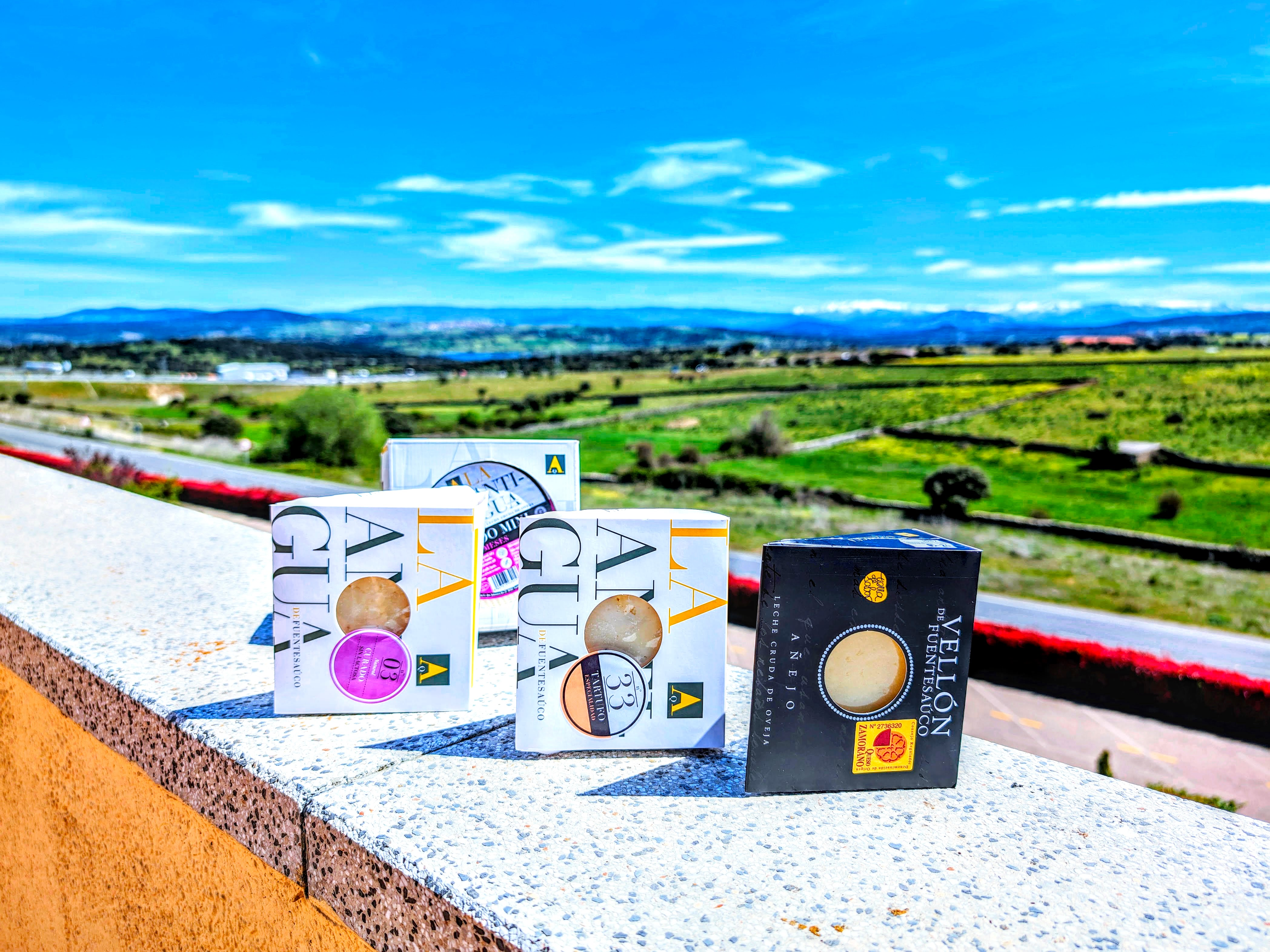


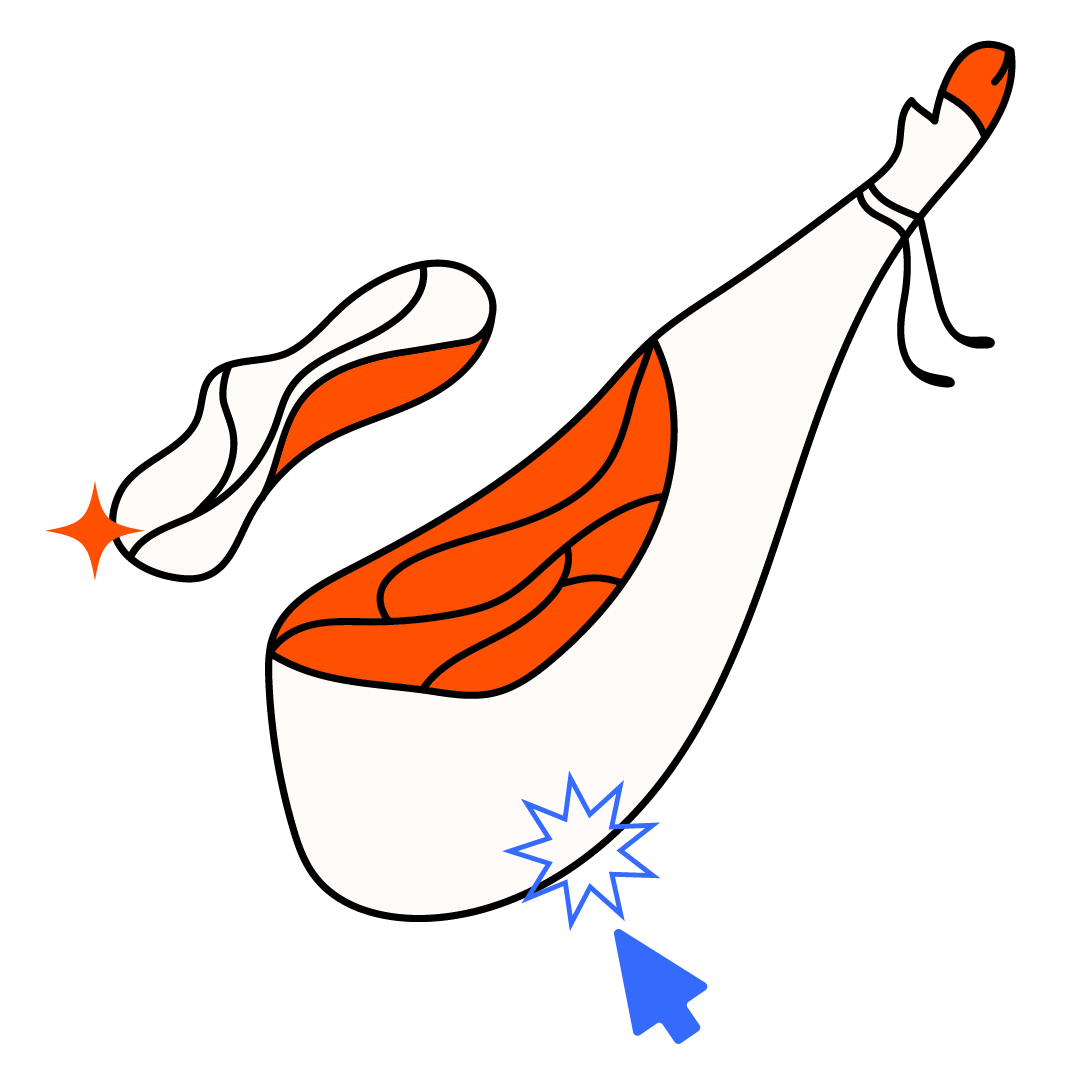




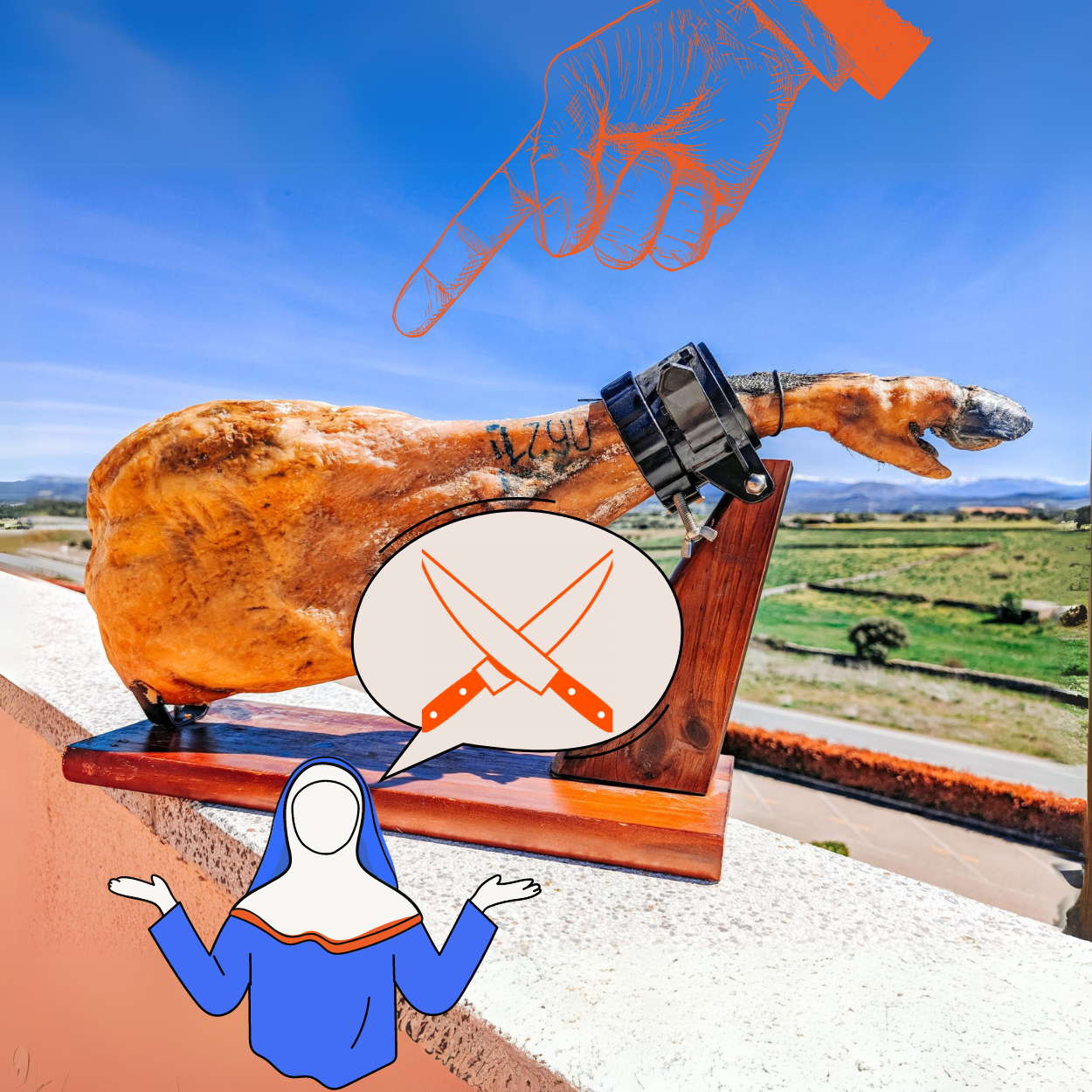
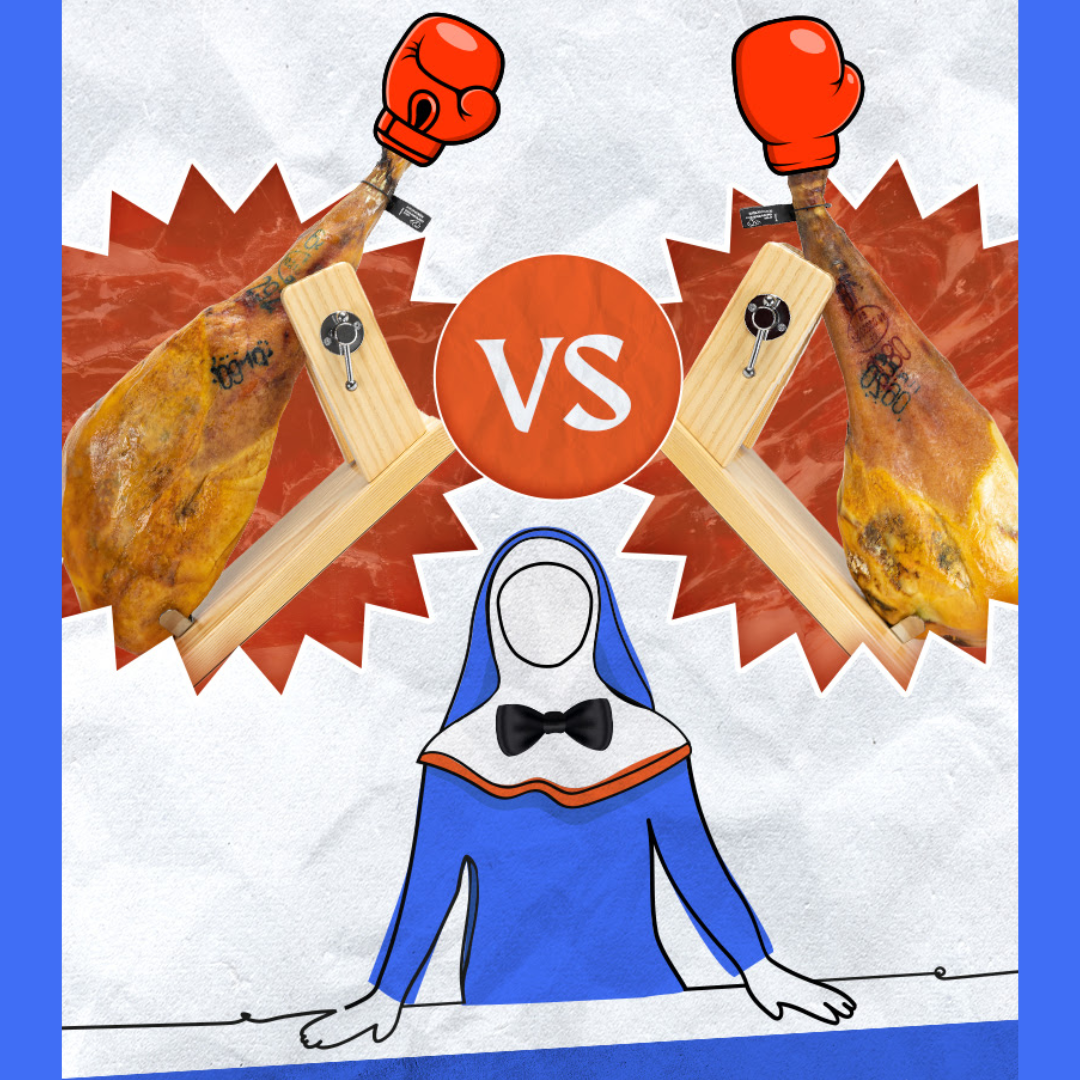
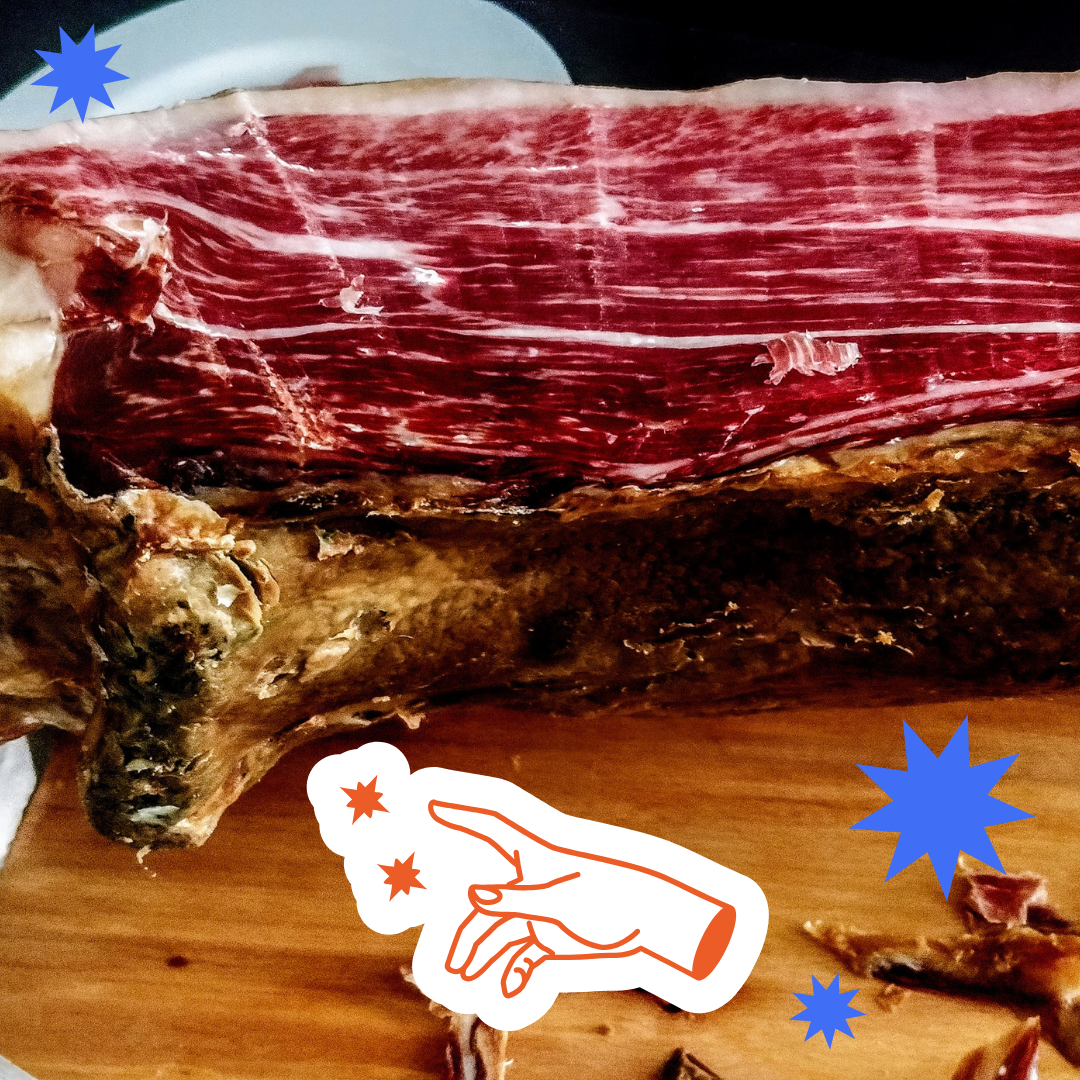
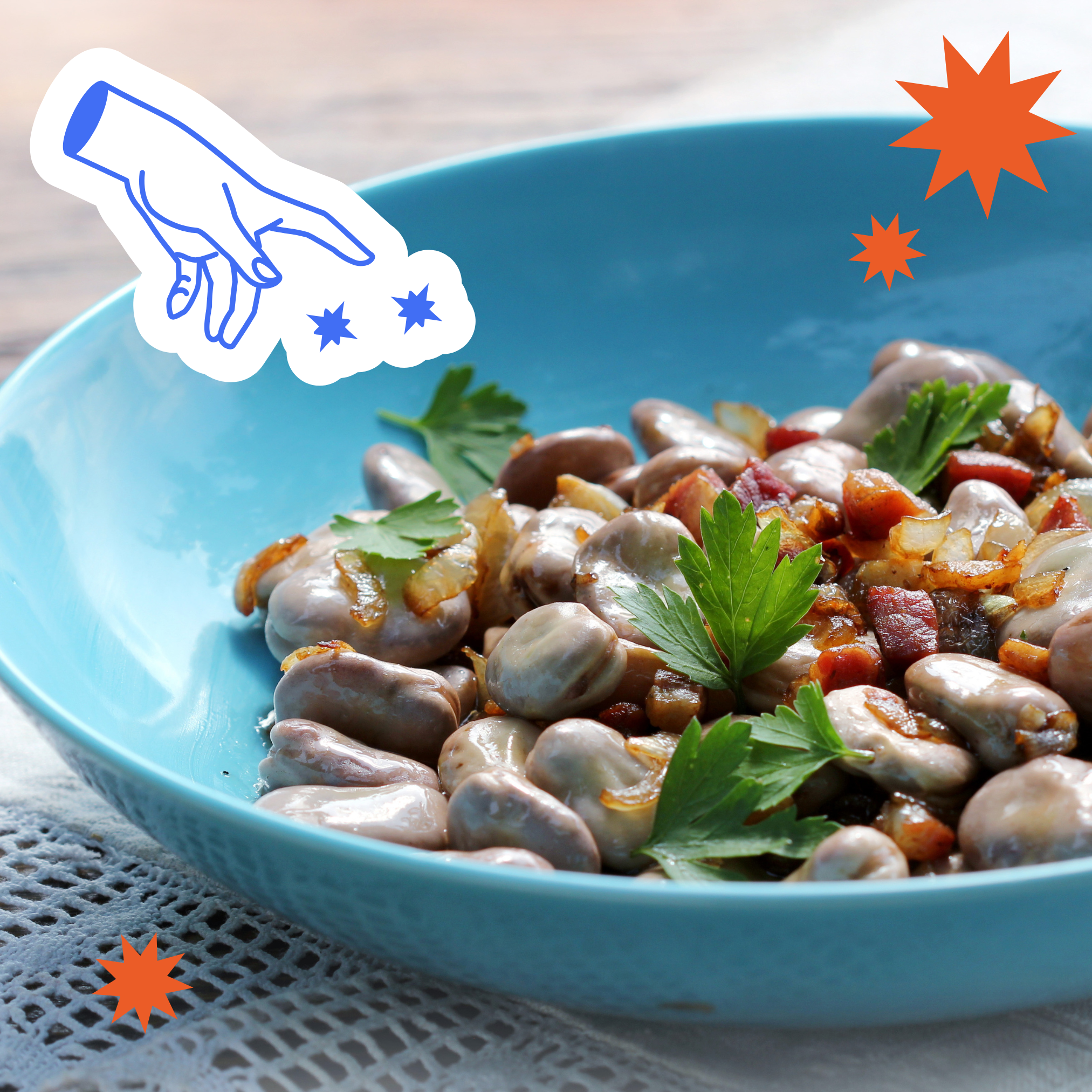
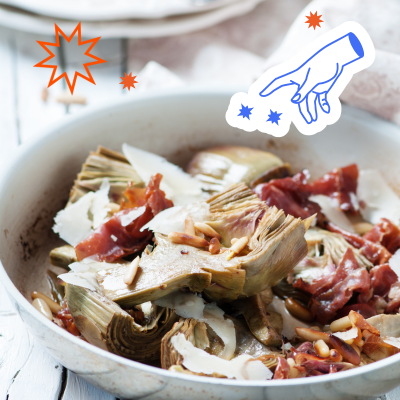
![Tinto de Verano: La Bebida Refrescante del Verano Español [Mis trucos]](http://monjamonymas.com/cdn/shop/articles/MonjaBlog.png?v=1719598682&width=1250)


